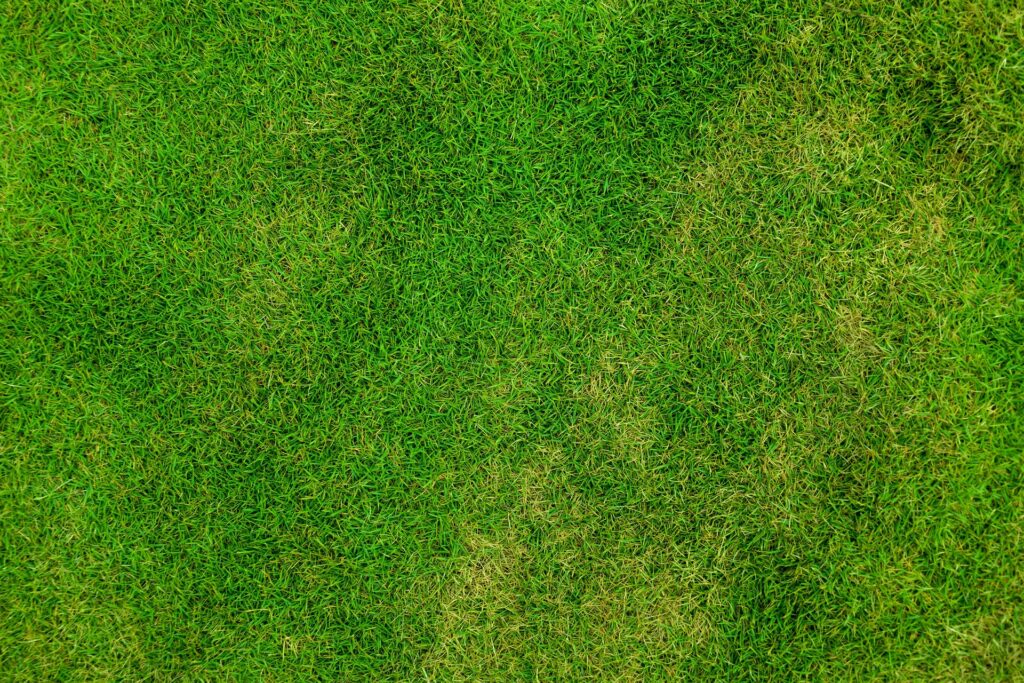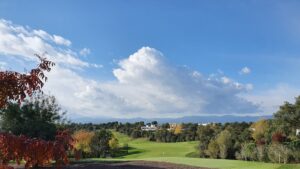Grass breeding is not just about making grasses better; it is also about predicting the future. With a typical development time of 10-11 years plus three to five years in official testing before sale, you almost need supernatural skills to get off on the right foot.
In this process, plant breeders are up against several challenges:
- First, they must prioritize, deciding which traits are most important
- Second, the keyhole for seed sale in several countries is determined by recommended variety lists, in which traits are valuated differently
- Third, while focusing on performance, candidate varieties must fulfill the UPOV requirements of distinctiveness, uniformity and stability.
This latter part can be a challenge in outbreeding grasses, which are bred as families of similar, but not identical individuals.
Imagine that you take a snapshot of the genome in each of all your breeding lines. Once uploaded to your computer, you also add field data for each line. The computer then tries to find a pattern, which is always associated with high yield or any other important trait.
Next time you make a new cross, you just take a snapshot of the offspring and ask the computer for a prediction on the various traits. No need to do field trialing, just trust the computer model and select the best.
Such a scenario both speeds up plant breeding and allows you to spend resources on making crosses rather than field trialing.
This breeding technique is called “Genomic Selection” (GS), and today it is the oracle in our company’s forage ryegrass breeding program.
Genome snap shooting is done by sequencing the genome at different positions. The sequence variations that can be found between breeding lines at all positions together is used to make the prediction model. From this model, the plant breeder can predict the genetic potential of any new line.
Prediction accuracy is determined by several factors:
- Snapshot resolution is important. In outbreeding grass, you need at least 250.000 positions (markers).
- You need accurate field observations and data from multiple locations, if the prediction should cover several countries. The more data you have, the higher the prediction accuracy.
Every year the model is trained with new marker profiles and new field data. In this way, over time, you can also start predicting the performance of new candidates under different climate conditions. In the near future, we hope to be able to predict the outcome of a crossing, even before it is made.
The future is drawing near, and it is highly recommended to have an oracle by your side when you wish to make a future top variety.









